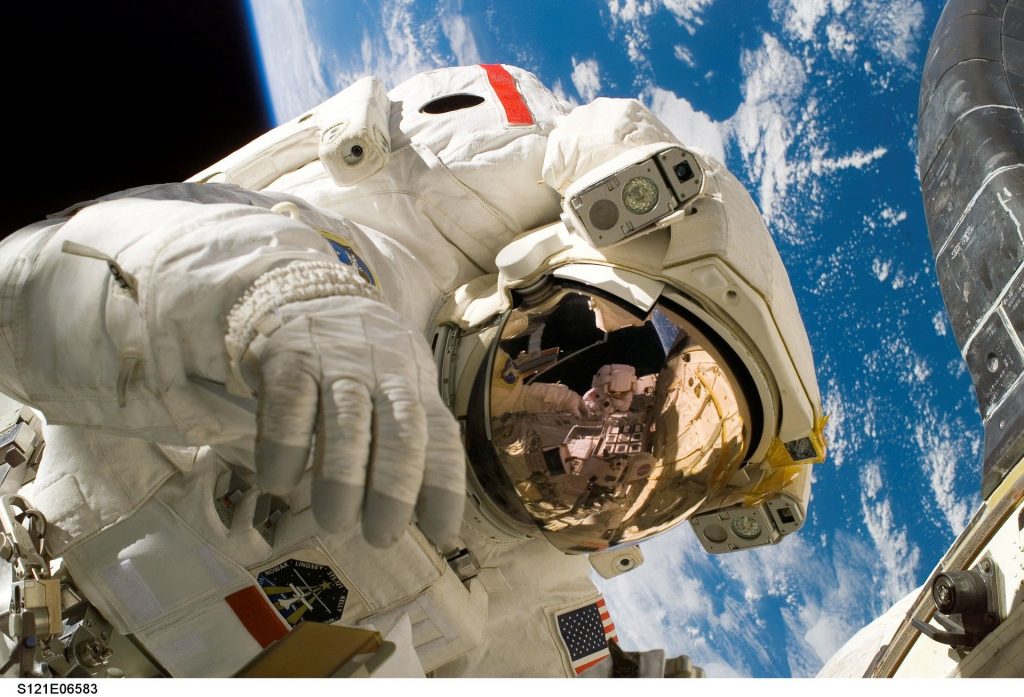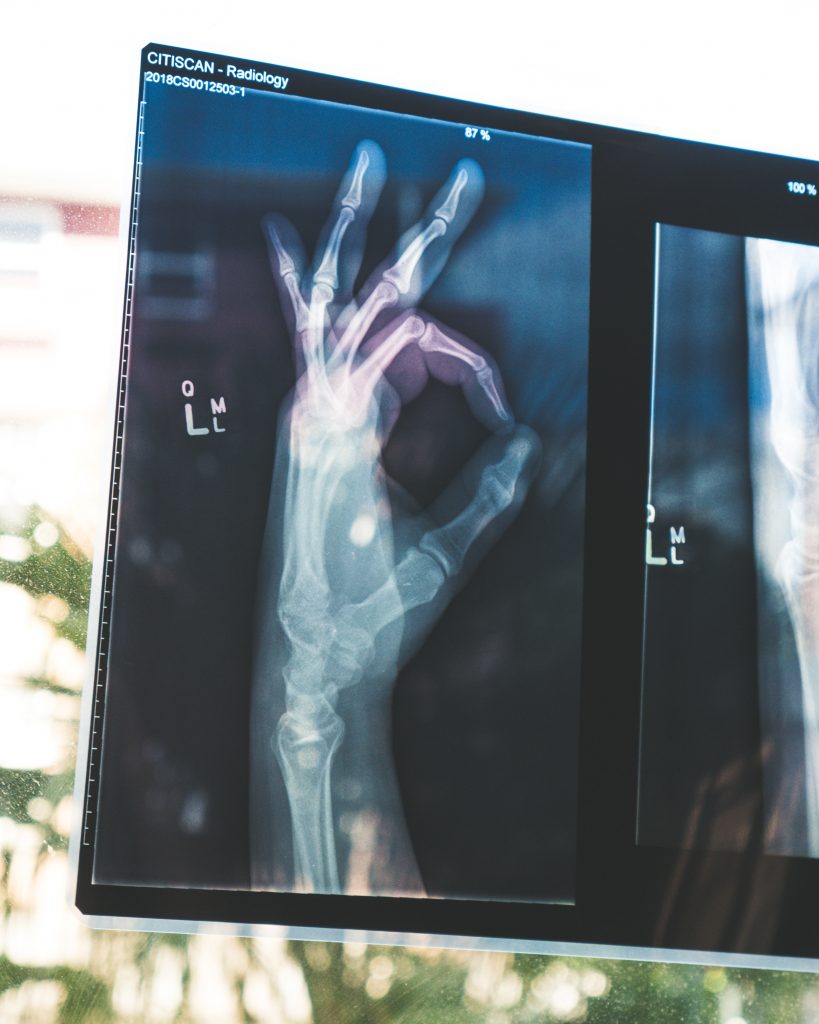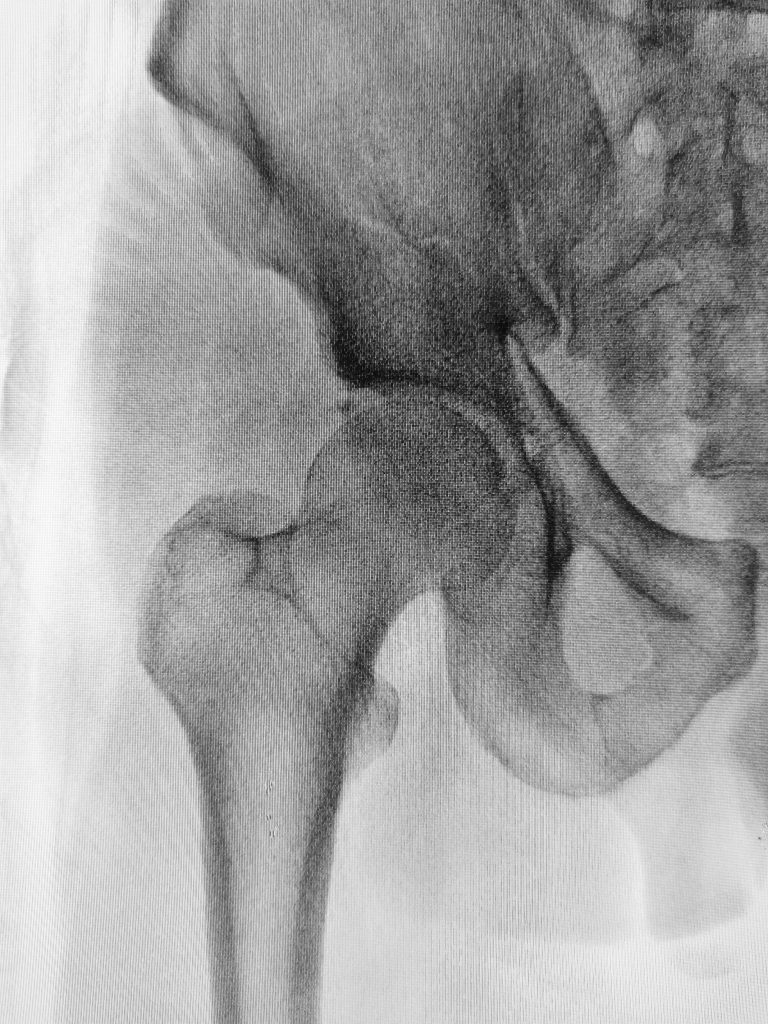Article by Shashini Hettiarachchi
“That one small step of a man, one giant leap for mankind”-Neil Armstrong
Astronauts have been the eyes and the ears of the outer space for all man kind on earth. Future of space science depends on them. Everything has its own pros and cons, even though astronauts are has been the eyes of us, living in outer space is not easy peasy. One main stumbling block is the bone loss they face. But is this just a fallacy. Lets discover its verity.

Is it true that astronauts loss their bone mass in space?
Yes according to the researches and experiences of scientists, it has been confirmed that average of 1% of astronaut’s bone mass is reduced while in space , this is primitively seen in load bearing bones.
What is bone mass?

Bone mass is defined by bone mineral content (BMC), which is measured by the X ray energy absorbed by mineral. It is simply the predicted weight of bone mineral in the body.
What happens to bone tissues under microgravity?
Microgravity is a condition in space. Microgravity is the condition where a object experieneces a gravity less than that on the earth.
Bone is a living tissue found in human body , which is composed of both organic and inorganic components. Bones are formed of cells known as osteoblasts, which are responsible for making new bone cells. Osteoclast is another type of cells which are responsible for breaking down old bone cells, and releasing calcium into the blood stream.
for a considerable period of time.
Due to the changes in the gravitational forces , the amount of weight that bones must support is very low, so as a result , calcium stored in bones are broken and released to the blood. So the level of calcium found in astronauts blood is comparatively high. this release of calcium from bones is higher than the production of bone cells . So the rate of production of bone is not equal to rate at with bones are broken. This results in reduction of bone density or bone mass , resulting difficulties in movements upon return to earth, causing a risk of fracture.

However what should be noted is that this loss of bone mass can be regenerated upon return to earth but not all of it. The exact trigger for this reduction of bone mass in space under microgravity is not yet confirmed . Bone loss can be seen severely in pelvis , spine , legs , because these bones are the bones loaded by weight heavily. Bone loss is low in arms , because they bear less weight. As a matter of fact, astronauts give priority for their diet and continue to do exercises while in space.